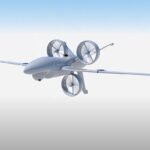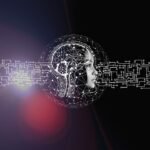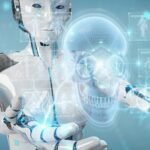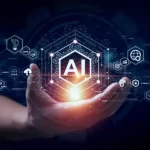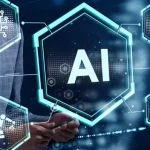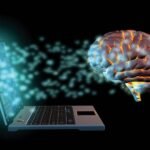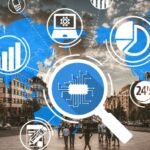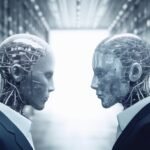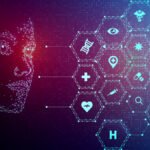AI in Cybersecurity: AI systems for threat detection, anomaly detection, and intelligent security analysis.
Threat Detection: AI-based systems can analyze vast amounts of data, including network traffic, logs, and user behavior, to identify and detect potential cyber threats. Machine learning algorithms can learn from historical attack patterns and continuously adapt to new threats, enabling early detection and response. Anomaly Detection: AI algorithms can identify abnormal or suspicious activities by establishing baselines of normal behavior. These algorithms can detect deviations from expected patterns and raise alerts for potential security breaches or malicious activities. Anomaly detection helps identify unknown or zero-day attacks that traditional rule-based systems may miss.
Malware Detection: AI techniques such as machine learning and deep learning can be used to analyze files and identify malware. By training on large datasets of known malware samples, AI models can learn to detect new and evolving malware variants based on their characteristics and behavior. User Behavior Analytics (UBA): UBA leverages AI to analyze and detect unusual behavior patterns of users or entities within a system. By profiling and understanding normal user behavior, AI algorithms can identify anomalies, such as unauthorized access attempts or insider threats, that may indicate a security risk.
Security Information and Event Management (SIEM): AI-powered SIEM systems collect and correlate security events from multiple sources to identify potential security incidents. AI algorithms can process large volumes of security logs, detect patterns, and prioritize events based on their severity and relevance, assisting security analysts in incident response and reducing response time. Threat Intelligence: AI techniques can analyze and process threat intelligence feeds from various sources to identify emerging threats, vulnerabilities, and indicators of compromise (IOCs). AI can help automate the collection, analysis, and dissemination of threat intelligence, enabling organizations to stay updated and proactively protect their systems.
Automated Response and Remediation: AI can enable automated response actions based on predefined security policies and playbooks. By integrating AI with security orchestration and automation platforms, organizations can respond to security incidents faster and more efficiently, reducing the time to remediation.
Adversarial AI and Defense: As AI technology advances, so does the potential for adversarial attacks that aim to deceive or manipulate AI systems. AI techniques are being developed to enhance the resilience of AI systems against adversarial attacks, ensuring the integrity and reliability of AI-powered cybersecurity solutions. It’s important to note that while AI brings significant benefits to cybersecurity, it is not a silver bullet and should be complemented with other security measures. The combination of human expertise and AI-driven technologies can provide robust defense against evolving cyber threats.







